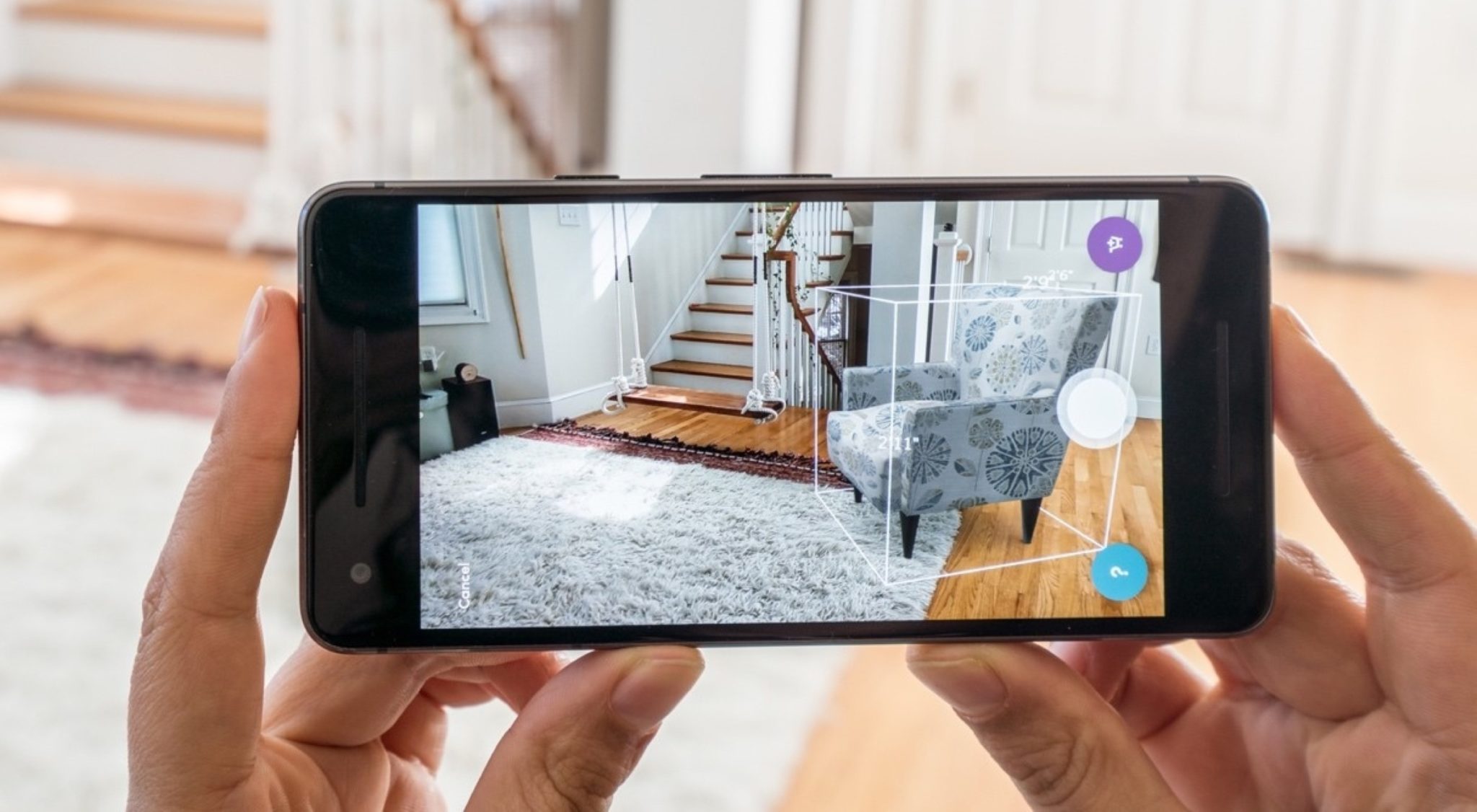Disruptions that attract the markets’ attention usually end up in the crosshairs of C-suites and founders; 3D and augmented reality technology (AR) are no different.
Key takeaways:
- The new way to engage customers
- Rethinking launches, pitches, market surveys, sales enablement
- Impact - hard numbers

A three-dimensional customer experience promises a raft of ‘never before’ benefits for businesses willing to dip into the well. Let’s find out exactly what they are.
Introducing a product showcase memorably
Conveying a truly accurate ‘picture’ of something new – be it a business offering or a product advantage – is never easy. Verbal spiels and catalogue pages –traditionally the go-to weapons of sales departments – carry fundamental inadequacies; after all, words and emotions can only explain so much. The problem is compounded when the actual object is away from the customer’s gaze. AR addresses the problem squarely by bringing things ‘3D alive’ in their full, unadulterated glory, giving audiences an up-close-and-personal understanding of features and characteristics that is at once lucid and lasting. The ability to make the miles disappear with the wave of a magic wand and to ‘be there in the moment,’ amongst other things, builds trust and connection – adding speed and confidence to decision making.
Underscoring the benefits
One of the greatest goals – and hurdles – for any organization has been to break through the noise and communicate brand differentiation. With only 21.5% of sales emails being opened, and call center reps taking a minimum of 18 calls to connect with a buyer, things aren’t getting any easier. AR fills the gap just in time.
For one thing, it can place (‘overlay’) a product in a whole different setting, thereby clearly displaying its spatial match or compatibility in a variety of environments. A tractor can be placed inside a vineyard, or a printing machine inside an office setting – which instantly lets the prospective buyer know if it’s going to be a good fit, and instructs the manufacturer on tweaks and modifications to be made if it isn’t. Furniture giant IKEA’s Place App, for instance, allows customers to visualize furniture in their home environment, without leaving the Ikea store, to judge spatial appropriateness – with a cool and breezy mobile experience.
Furthermore, it is easy to alter appearance and dimensional attributes with AR tools, which can rejig a product in never-before seen ways to trigger new use-case possibilities and open new horizons of opportunity.
Features like these, that upend the status-quo clearly and dramatically, inevitably strike a chord with browsers and consumers, enticing them to a closer examination.

The future of product showcasing
3D and Augmented Reality technologies also make it easy to add flesh and blood to an abstract construct or notion. This is particularly helpful when revenue leaders want to stay responsive to market demands by gauging public sentiment – for example rewarding loyal fans with a sneak preview of things to come, clarifying a flowchart’s technicalities to R&D teams or pitching a prototype to investors.
Obtaining granular customer data
Several AR products (Enhance XR being one of them) come with baked-in functionality that allows for user data capture. Businesses can track critical data such as the amount of time users are spending on their online pages and properties, geographies and industries they hail from, their role and rank in the organizational hierarchy, features that are catching their fancy, and so on. In the competitive markets of today, this information is gold for decision makers, product managers and marketers.
Oh – and it’s portable, too
A web-based 3D/AR experience – such as the one crafted by the Enhance XR team – is ubiquitous in nature. It lives on the website, handsets and print collateral (such as brochures, catalogues and booklets), making for a literally ‘mobile’ asset. One can carry it to the corner office for a laptop presentation, let a stranger plug into it during a flight, or share it with multiple participants simultaneously during a Zoom call… all in a click or three.
Customer engagement: reimagined
3D and Augmented Reality technologies are well on their way to reimagining several pillars of business across the B2B and B2B2C terrain, including design, manufacturing and learning and development. Their impact on the marketing and sales functions, in particular, have been watershed-like, reshuffling practices and transforming behavior. A host of surveys and studies show that:
- AR can boost customer conversions by a remarkable 90%.
- AR impacts engagement too: car maker MG Motors witnessed 8X higher engagement with 3D display ads as compared to non-AR benchmarks.
- 71% of consumers stated that AR functionality would compel them to shop more often.
- In a Google survey, 66% of people stated they were interested in using AR for assistance during purchasing decisions.
- 42% of companies use virtual demos or interactive gadgets to qualitatively lift customer interactions. 38% of organizations already employ immersive experiences to help customers engage with their brands.
- Commercial use cases for augmented (and, indeed, virtual) reality are slated for investments to the tune of $4.1 Bn.






